
Iran, also known as Persia, with a rich history is home to one of the world’s oldest civilization dating back to 7000 BC. with an area of 1, 648, 195 square kilometers, this historical country is the 2nd largest country in the Middle East (after Saudi Arabia) and the 18th largest country in the world. It is also the 17th most populous country in the world.
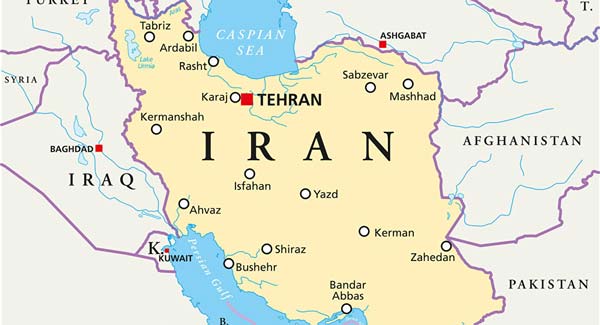
Geography
This beautiful country is located in Western Asia and is bordered to the north by the Caspian Sea, Azerbaijan, Armenia, and Turkmenistan; to the east by Afghanistan and Pakistan; to the south by the Persian Gulf and the Gulf of Oman; and to the west by Iraq and Turkey. Due to its position and its access through seas and oceans (Caspian Sea, Persian Gulf, Gulf of Oman), it is of great geostrategic importance. Tehran is the capital and the biggest city which has also a great impact on economic and political issues.
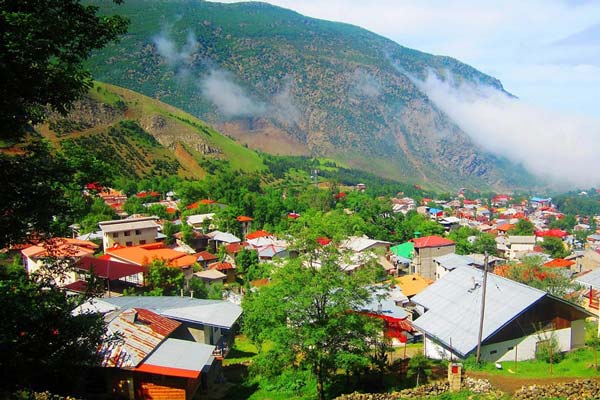
Climate in Iran
Iran is divided into three major climate areas: arid, Mediterranean and cold and dry climate.
Iran, as a vast country, has different climates. It means when people experience a continental climate in the north, the people in the central and also southern Iran experience a hot and sub-tropical climate. In fact, according to the Koppen-Geiger Classification, Iran has at least four climate zones.
In general, the north and the coast of the Caspian Sea has a mild and wet climate. The northwest and west, having a lot of mountains, enjoy cold and cool weather. In the center, the desert is the prominent cover of the earth, and it is mostly hot and dry. In the south and southeast, it is warmer than the rest of the country; in fact, you can see no cold winter there; it is really mild.
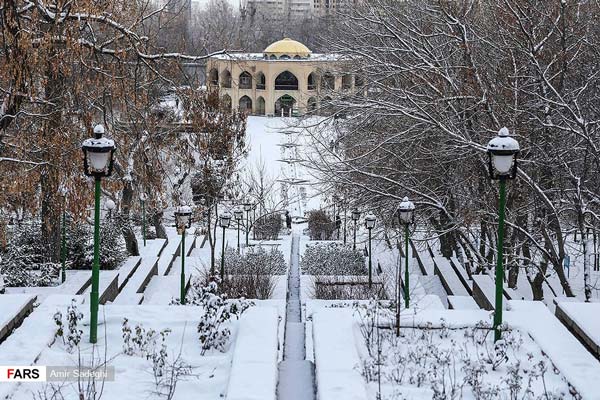
Therefore, due to these different climates, the passengers and tourists can travel to Iran in every season. In the winter, while it is snowing in the northwest, it is rainy in the north, it is both sunny and rainy in the center, and it is sunny in the south. In the summer, it is really cool in the northwest and north, and the sun shines in the center and south.
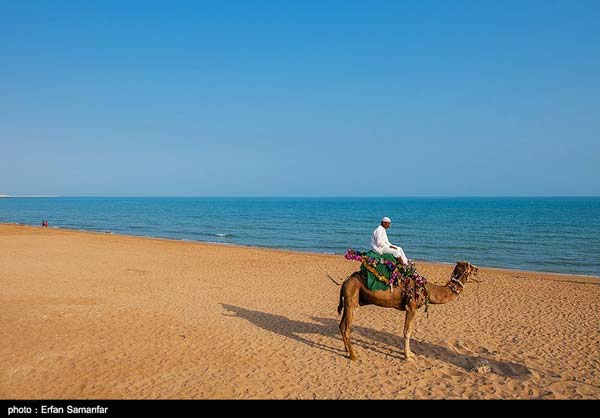
Although the rainfall varies from season to season and year to year, the average rainfall falls between November and March in Iran. It is approximately rain-less from June to August.
If you want to travel to Iran, try to pack appropriate clothes based on the cities you want to visit in both winter and summer.
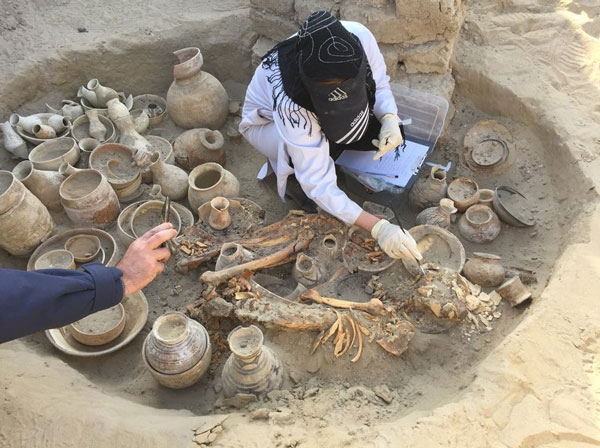
Iran History
Iran enjoys a long rich history. Worldly known as Persia, it has been always an empire. Looking at the ancient and old maps of the world, one noticed that Persian emperors govern most of the countries. The first famous empire of Iran is the Achaemenid Empire (550–330 BC), founded by Cyrus the Great. Although his seat pf power was located in PERSEPOLIS (near Shiraz, Iran), he governed over three continents. Its empire ruled over Central Asia, Balkans to North Africa. It was estimated for about 40% of the global population.
Iran, as a geostrategic point, has been always in the center of attention. lots of nations such as Greeks, Arabs, Turks, and Mongols invaded it during history.
The people of Persia, Aryans, first established Zoroastrianism in the 2nd century BC. as the leading religion. After the Muslim conquest, the Sasanian (ruled after Achaemenid and Seleucid Empires) empire was overthrown in the 8th to 10th centuries. It led to the improvement of Iran. Time passed and this country witnesses ups and downs. However, it is still alive and in the power center of the Middle East.
Travel by Iran sun World to Visit Iran, the Ancient Country of Various Culture and Customs.
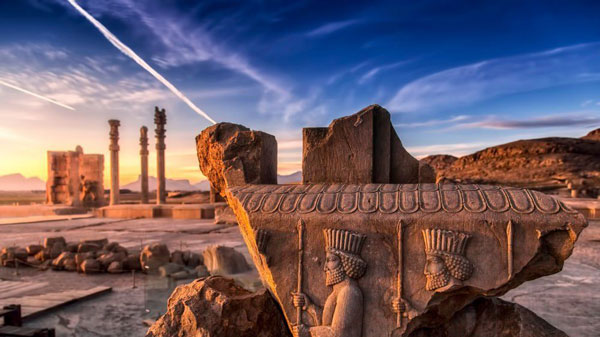
Ancient Persian Empire
The empire of Persia founded during the Achaemenid dynasty (550_330 BC) was the largest empire in the whole history up to now; which contained half of the world population at that time. The Achaemenid rulers governed over more than 28 nations in three continents, from China to the Mediterranean Sea containing Egypt, Balkans, and Eastern Europe, Athena and some other parts of Greece, Turkey, Iraq, Syria, Caucasus, and all-around middle Asia.
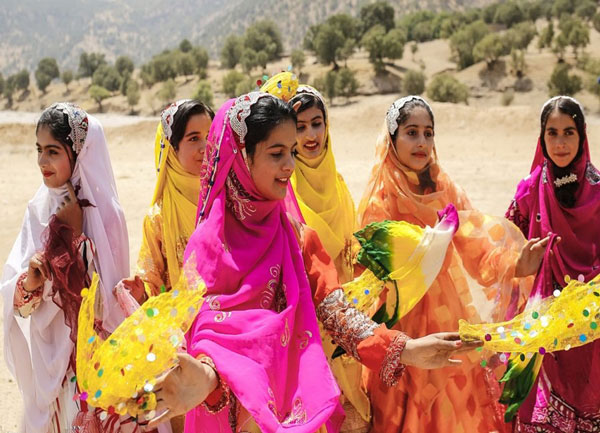
Culture of Iran
Iran is one of the old civilizations of the world. Despite its various political and religious changes throughout history, it has maintained a deep connection with the past. None of the political changes in history have yet been able to cut the link between Iranian art, literature, and architecture with its deep national tradition and culture.
One of the special features of Iran is the diversity of different ethnic groups. Persian, Azerbaijanis, Lurs, Kurdish, Baluch, and Armenian ethnic groups are rooted in Iran and this has made Iran known as a multi-ethnic country in the world. Each of these tribes has its own rituals and customs.

The culture of Iran has strongly influenced the culture of the world in places such as Greece, Eastern Europe, the Indian subcontinent, and Central Asia. The rich Iranian culture has made a significant impact on the world through art, architecture, poetry, science and technology, medicine, philosophy, and engineering.
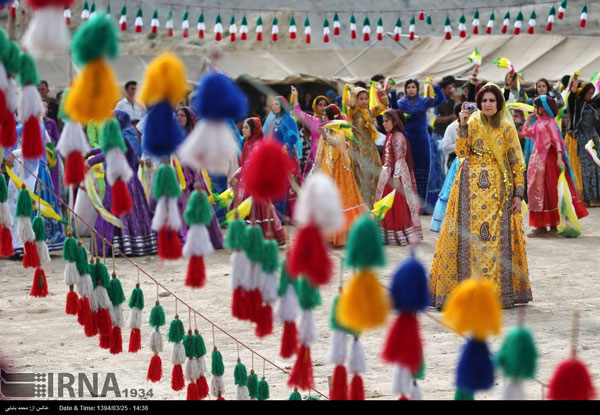
interesting facts about iran's culture
The culture of any country, in general, includes the customs, art, literature, food, and religion of that country. Iranian culture, as one of the ancient countries with an ancient civilization, is interesting for many people. A lot of people around the world are eager to know Persian culture. Even hundreds of articles cannot introduce the culture of Iran properly. In this section, we briefly introduce some important cultural elements in Iran.
National Holidays
As mentioned, Iran has different ethnic groups, each has its own celebrations and rituals. But all of them unanimously celebrate the national holidays of Iran. After the arrival of Islam in Iran, Islamic festivals and mourning also entered Iranian culture. Nowruz, Tirgan, Mehregan, Sepandar mazgan (Espandegan), Sadeh, Amordadegan, and Yalda are among the traditional and very ancient celebrations of Iran. Unfortunately, today most of these national celebrations have faded and only Nowruz and Yalda celebrations are seriously held by the Iranian people.

Persian New Year - Nowruz Ceremony and Haft-Seen
Iranian New Year or "Nowruz" is celebrated by Iranians worldwide. Nowruz has been celebrated for over 3,000 years. This holiday marks the exact beginning of spring in the Northern Hemisphere that is the first day of the first month (Farvardin) in the Iranian Calendar.
"Nowruz" means "new day" in Persian ("Now":new and "ruz":day). This festival is one of the most important holidays in Iran. This traditional ceremony is deeply rooted in the rituals and traditions of the Zoroastrian religion. Nowruz is celebrated in Iran, India, Iraq, Afghanistan, Azerbaijan, Uzbekistan, Kazakhstan, Tajikistan, and Kyrgyzstan. All these countries located in the historical Persia cultural region_ borrowed this traditional festival and its customs from old Persia.
The spring festival of Iranian origin was recognized by UN General Assembly as the "international day of Nowruz" in 2010. Indeed, Nowruz was officially registered on the UNESCO List of Intangible Cultural Heritage of Humanity.
There are some beautiful customs that have been done for centuries ago. During the Persian new year ceremony (from the first to the 13th day of spring) Iranian people pay house visits to one another. Typically, the youngers visit the elders first, and the elders return their visit later, to tie their relationships stronger
During this period all people are really happy and try to go to nature to make good times for their family. The springs in Iran are really beautiful and the weather is fantastic in most parts of Iran (except north and northwestern parts), so this is a good time for traveling.
Prior to the new year, the Iranian people usually do a significant amount of Spring Cleaning to get rid of last year’s dirt and germs to prepare for Nowruz and a good year. this custom is a symbol of renewing everything in the new year even for old thoughts and spiritual values.
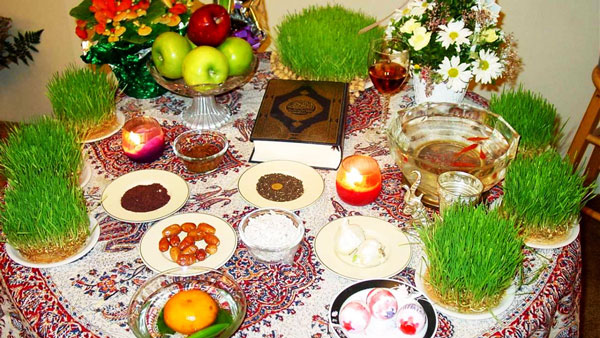
HaftSeen custom is an old tradition tied with Nowruz and new year in Iran. Family members usually gather around the Haft Seen on the first day of Nowruz and await the exact moment of the arrival of the spring.
Haft Seen (seven elements start with “s” sound) is decorated with some items that represent the new season. Each item is a symbol of a wish for the new year. The items include Quran, the Holy Book; Hafez’s Divan (Poem book of Hafiz); a mirror; swimming goldfish; decorated eggs; Seeb (apple; representing beauty); Seer (garlic; representing good health); Serkeh (vinegar, representing patient); Sonbol (hyacinth; representing spring); Samanu (sweet pudding; representing fertility); Sabzeh (sprouts; representing rebirth); and Sekeh (coins; representing prosperity and wealth).
Samanu (sweet pudding)
Samanu is a very delicious Iranian food witch is traditionally cooked for the new year. It's difficult preparing food made with ground wheat germ and is a very healthy meal that contains many vitamins and a high portion of energy. In fact, it is served as an Iranian dessert.
Usually, Haft-seen is decorated with water-mouthing traditional Iranian confections and candies such as "lowz" (almond sweetie), "Sowhan" (honey candy), and traditional pea cookies.
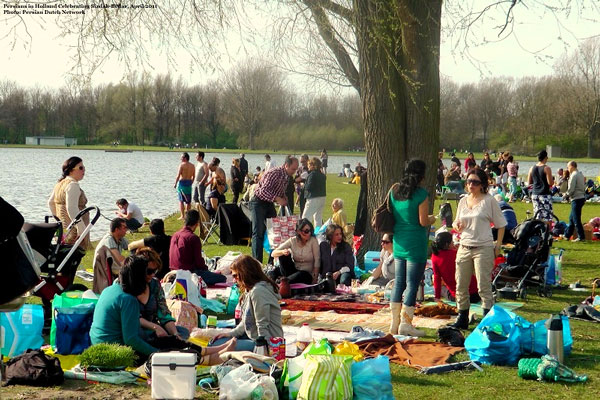
Sizdah Bedar” Excursion
On the last day of the new year festival which is called “Sizdah Bedar” (meaning thirteen outdoors), Iranian people go out in groups and spend all day outdoors in nature with some special customs.
Persian new year holidays (21 March – 2 April) is one of the best times you can travel to Iran. You can participate in Nowruz ceremonies and travel to different cities to enjoy diverse customs. The weather is also fantastic at this time especially in the southern parts of Iran. Tourists will enjoy visiting the blooming trees in the spring nature under the shining sun.
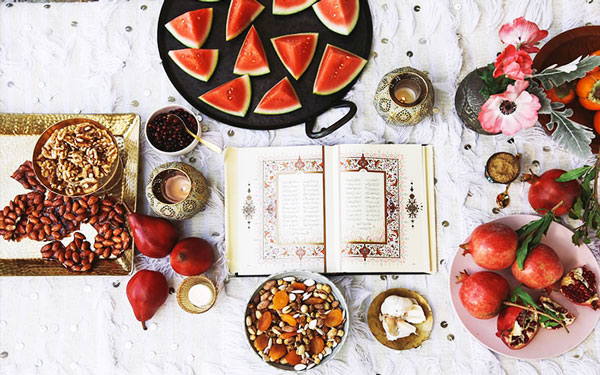
Yalda, the Longest Night of the Year
While Christians are getting ready to celebrate Christmas, Iranian people are getting ready to celebrate one of their traditional festivals called Yalda. Yalda means “birth”. Iranian people celebrate the winter solstice annually on December 21 which is the longest night of the year (the last night of autumn and the arrival of winter according to Persian calendar). They call this night “Yalda” or “Shab-e Chelleh”.
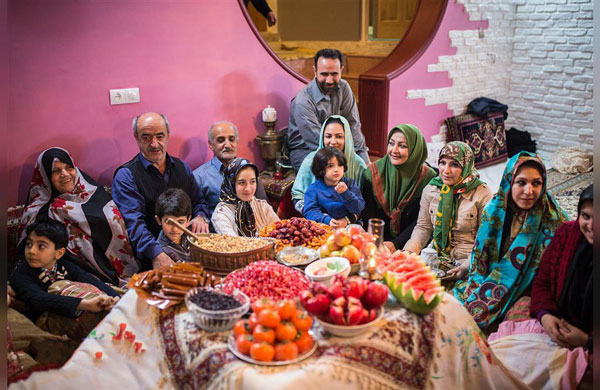
What is Yalda?
This ancient festival dates back to Zoroastrianism. It is also considered as the birth of Mithra, the goddess of light. Yalda is, therefore, the renewal of the sun, and the victory of light over darkness.
In Yalda night, this beautiful ancient celebration, Persian families and friends gather to celebrate; to eat, to drink and read Hafez’s sonnets. Fruits especially watermelons and pomegranates and nuts are significant in Yalda’s table.
Ancient Persians, Zoroastrians, believed that the longest night of the year is under the influence of evil forces and darkness. However, the day after this night belongs to Ahura Mazda, the Lord of Wisdom.
Yalda Night is also celebrated in some countries such as Turkmenistan, Uzbekistan, Afghanistan, and Tajikistan.
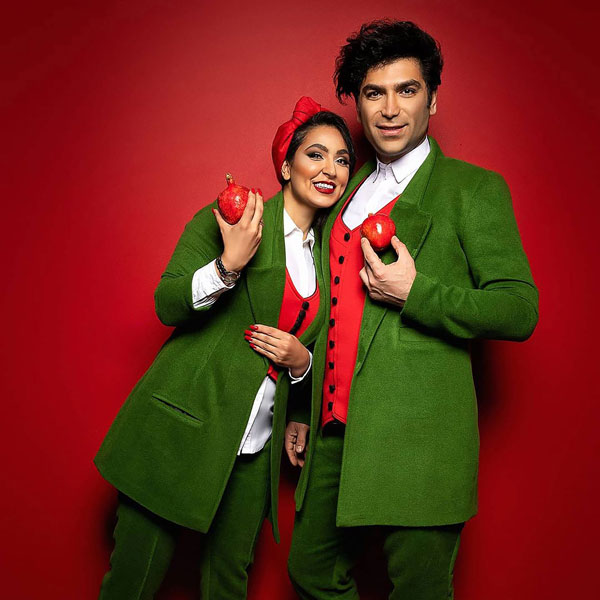
How Does Iranian Celebrate Yalda?
The Iranian people believed that they should stay awake in Yalda night to prevent any bad luck from happening. People share this night with their family, relatives, and friends. Iranian people usually go to grandparents’ homes. They gather with loved ones and share their best moments, eat the last fruits from summer, drink, and read poems, especially Hafez’s poem.
The fruits eaten mostly include persimmon, pomegranate, and watermelon. Pomegranate is the fixed and the most important part of Yalda night.
Recently, it has been populated in Iran that on Yalda night, people especially children wear clothes with the Yalda Night theme i.e. pomegranate or watermelon.
Hafez is one of the most important poets of Iran. You can find his book in almost every house. Iranian people usually close their eyes, make a wish, and open the book randomly. The first poem they see is the description of their wish, their life, and their future.
If you are interested in knowing more about Yalda!
If you are interested in knowing more about Yalda, we suggest you follow Iran Sun World, an Iranian tour operator, to travel to the land of beauty and interesting traditions, Iran.
Sun World, as an Iranian Tour Operator, Welcomes Travelers to Enjoy Iran Nature and can help tourists to become more familiar with Persian Nowruz customs. Don't miss this great feast and all of its happiness.
Travel to Iran by Iran Sun World, an Expert Travel Agency.
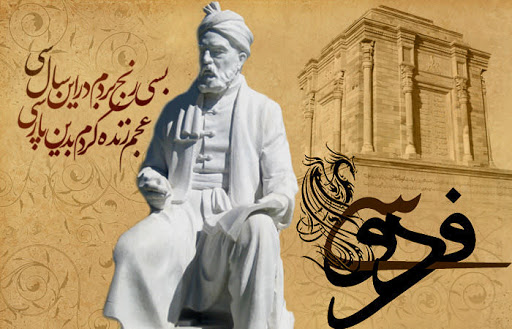
Languages of Iran
languages of Iran can be classified as Old Iranian languages such as the language of Achaemanind and Avestan (spoken until 400 BC), Middle Iranian such as the language of Sassanid, Bactrian, and Parthian languages (spoken between 400 BC to 900 AD), and New Iranian which is Persian.
Persian also called Farsi is the official language of Iran. It is also the predominant language of literature, sciences, journalism, etc. However, there are a number of languages and dialects spoken all around Iran. These languages and dialects contain Indo-European, Altaic, and Afro-Asiatic. The languages mostly consist of Azerbaijani, Lori, Kurdish, Mazandarani, Gilaki, Balochi, and Arabic. More than half the population speaks a dialect of Persian which is under the Indo-Iranian category. Persian is the language of the state; therefore, non-Persians are also fluent in it.
Azerbaijani or Turkish is spoken by the Altaic family (about one-fourth of the population speak Turkish). Kurdish is spoken by Kurd people (about one-tenth of people speak this language). Lori is spoken by Lors and Bakhtyari people (they may seem distinct, however, they are closely related to Persian). Arabic is the native tongue spoken by the people lived in southern Iran. Since Arabic is related to the Persian religion, Islam, its words and expressions are used in daily conversations. Mazandarani and Gilaki are spoken in the north of Iran. Balochi is also spoken by the people who live in the southeast of the country.
Armenian are also a small group of people who live mostly in northwest Iran and Isfahan. They speak Armani.
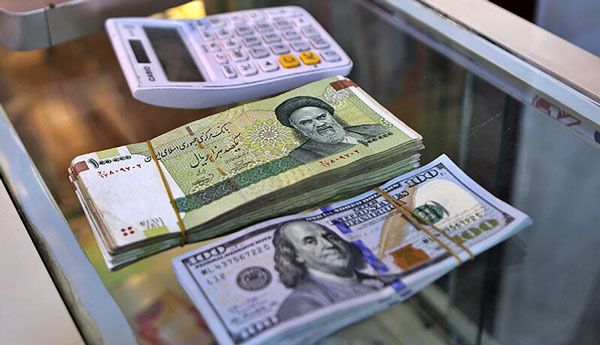
Iran currency
Rial (IRR), first introduced in 1798, is official Iran's currency. However, the Persians prefer to express the amount of money and prices in “Tomans”. Each toman equals 10 rials, or put it in another word, each rial has one zero more than toman.
The tourist can exchange their money for rials in official money exchange places without any problem. These places are called Sarrafi. All have a board or monitors in which the currency exchange and prices are shown.
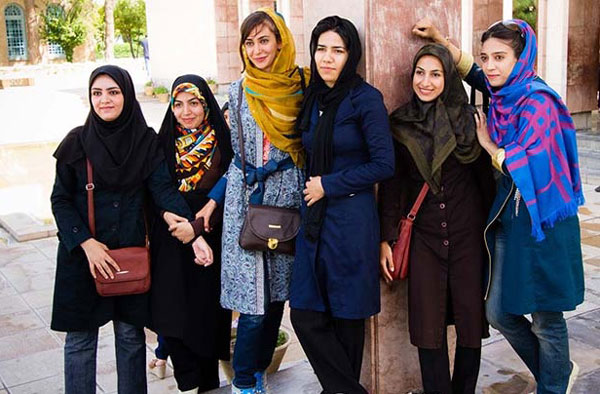
Iran Dress Code
The Islamic Republic of Iran has a special rule in terms of dressing which is called Hijab. According to this rule, men and women should cover their bodies more than the dress codes used in western countries. The Iranian women are very modest in picking veil or Hijab. They are stylish and take great care of how they look, and that is why some tourists shocked when they visit Iran. They usually read about women’s restrictions in Iran, and now they can see their freedom. However, it is a fact that they are some precautions to be taken all around the globe; Iran is not an exception too. In this article, you will be informed about the Iranian dress code.
It should be noted that, however, Iran is a vast country, and people have their own dressing in each part of the country, i.e. local clothes. However, in this article, just the indoor standard dress code which is used in most cities is discussed.

Color
In the western media, it is said that the ladies confront constraints in the color of their clothing in public places in Iran. It is a fact that there is no restriction in color. Just visit Iran to get this fact.
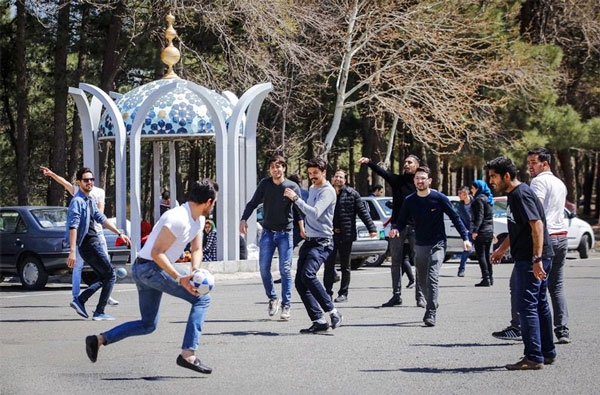
Iran's dress code for males
The dress code for men is simple. Casual is certainly the most relaxed of all Iran dress codes. Classic items such as jeans, sneakers, T-shirts, sweaters, denim jackets, etc. are common to wear. Smart casual is also common. It is considered a standard Iran dress code; at the same time, it is comfortable and relaxed. In smart casual Iran dress code, you can combine everyday garments with more sophisticated items. Business attire, a dress code reserved for conservative offices and corporate meetings or events is also simple and stylish.
The business formal dress code usually contains suits in dark colors (e.g. black) and shirt in standard colors (e.g. white or blue). The design can be bold; however, the subtle patterns are also common.
Iran tourists can also follow these kinds of codes. It should be notified, however, that some codes are not acceptable in Iran. For example, in public places, you cannot wear shorts.
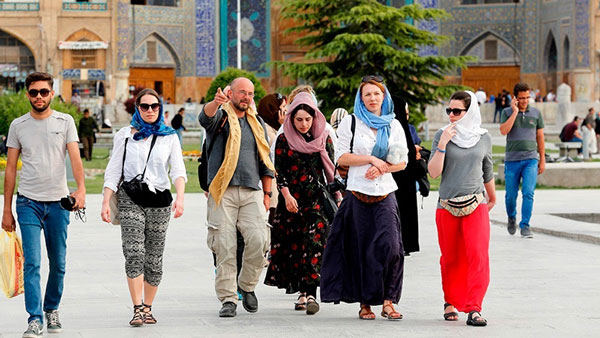
Iran women dress code
For women in Iran, as an Islamic country, the Iran women dress code may seem a little strict since they should have Hijab. However, it is a fact that it is not as strict as the foreign media show. Female tourists must not worry about it. There are minimum requirements for women travel to Iran in terms of dress code in public places.
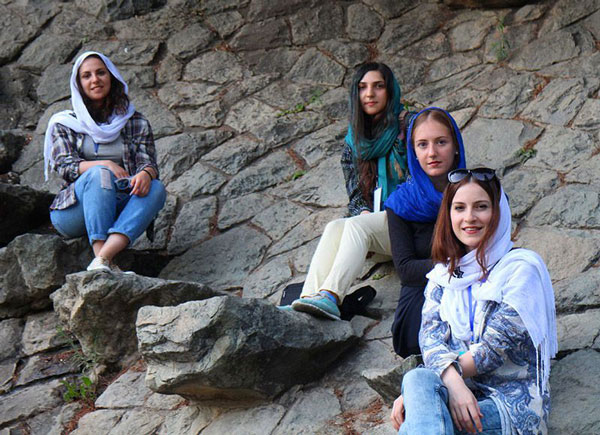
Most Iranian women prefer to wear a dress which is called manteau when they are out of the home. The arms and the legs (down to ankles) should be covered. Feet can be bare. Women can wear sandals. The hair should be covered. However, some parts can remain out of the cover as you see in the pictures. The scarf is common to cover the hair. Some women also wear Chador, a large piece of fabric covering the entire body.
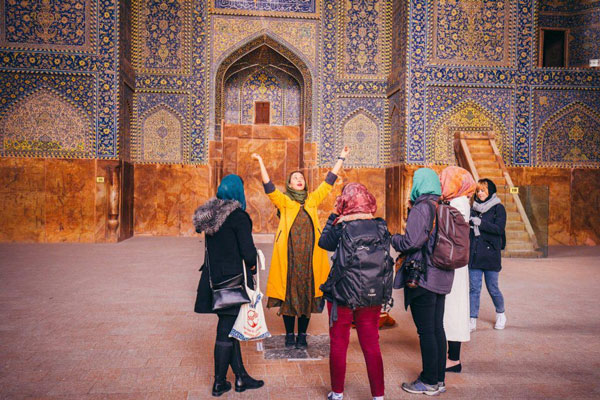
The female tourists in Iran can select among dress, manteau, and tunics, especially in Iran summer trips. For covering the hair, Iran tourists can use a variety of colorful and beautiful scarves. However, in order to enter the holy shrines, like Imam Reza Shrine, women tourists also need to wear Chador. You will be loaned a Chador when necessary.
If you have any questions about the Iran dress code, feel free to contact us.
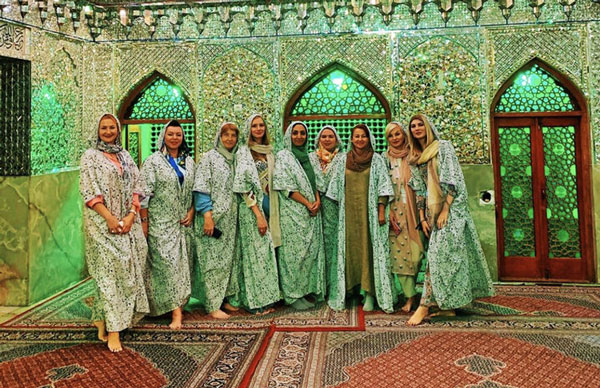
Iran Public Transportation
Beautiful Iran has a long paved road, train and airplane systems. The vast system of road link Iran’s villages, towns and cities. Getting around the cities and between cities is almost cheap and easy in Iran. If you are a backpacker and you want a low-cost trip, you can use Iran public transportation to reduce the cost of travel. In this article, you will become acquainted with Iran Public Transportation System.
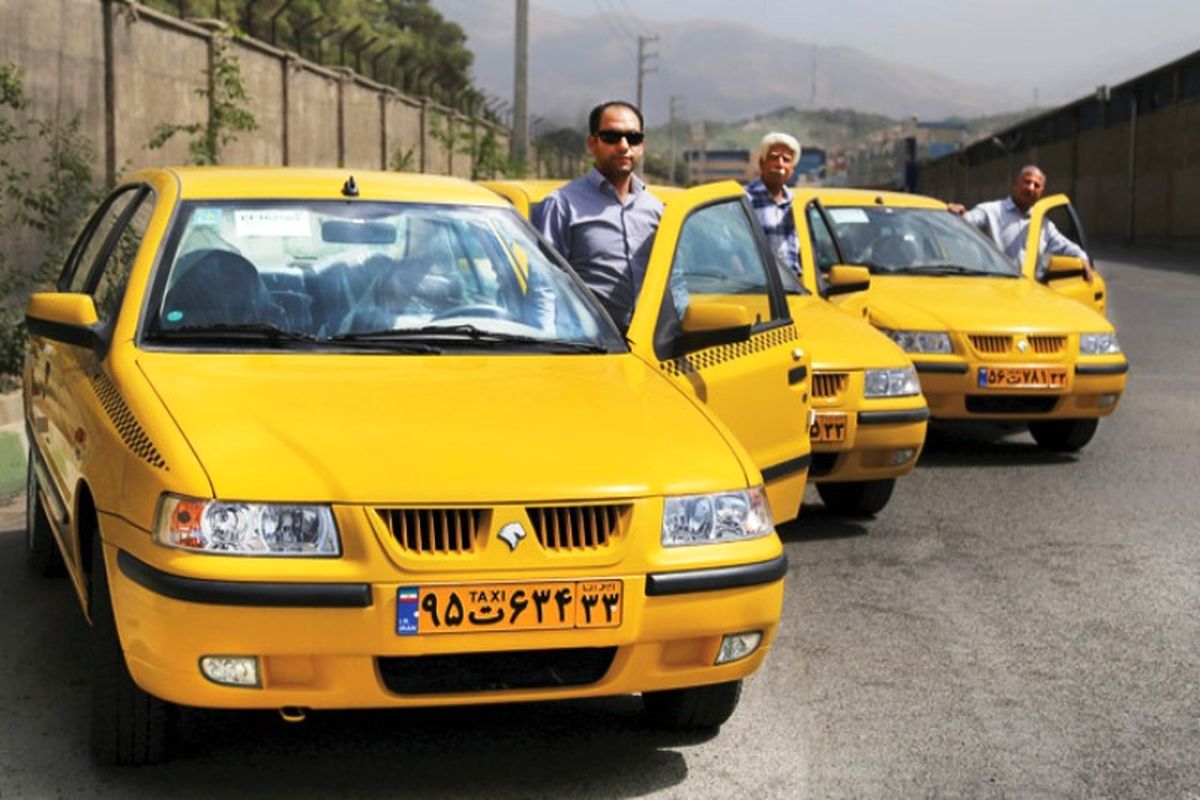
Taxis
You can see taxis almost in all cities of Iran. Taxis are more expensive than buses, mini-buses, metros. You can have taxis privately as a taxicab or you can ask for a shared or shuttle one. If you want a shared taxi, you soon understand that the taxis usually take up to four passengers, one in the front passenger seat and three in the back. However, sometimes they may take up to five persons; it means two people in the front passenger seat and three in the back.
Most taxis in Iran are yellow in color; however, you can find some taxis white and green with a strip on them. They are mostly of Peykan, Prides and Samands types. They will stop in the taxi stations or everywhere a passenger stops. The fares change city to city. For example, Tehran as the Capital is the most expensive. The fare also changes based on the distance. It is better to pay for fare in Rials. However, the driver accepts Dollars or Euro too. The most luxury taxis are used in international airports.
The taxis have defined routes among main streets, plazas, squares, shopping malls, etc. However, if you want to reach a special place you should ask for a taxicab. It costs more than a shared one because you have to pay as four passengers. However, it conveys passengers between locations of their choice. If you want a shared Taxi you need to wait till the taxi is full, otherwise, you need to inform the driver that you will pay for the rest.

Private Taxis
There are also some private taxis you can call and ask for one to customize your route. This service is relatively more expensive than a shared taxi. The most important kinds of private taxis include Agency Taxis, Snapp, Tap30, Wireless Taxis (133), and Women’s Taxi Company (1821).
Agency taxis, usually called “phone taxi”, can be ordered by phone. If, for example, you are in a hotel, you can ask the reception to arrange a taxi for you. This kind is the most expensive one among private taxis. However, you can get a better car and complain if anything goes wrong.
Snapp and Tap30 are working through their special apps. You should install the app on your mobile phone. Open the app and just specify the location you are and the one you want. The price is set beforehand. If you want this, press the acceptance key. The nearest driver will be searched. The driver will call and coordinate. You can pay online or in cash.
For getting Wireless Taxis (133), and Women’s Taxi Company (1821) you can call the numbers in parentheses. The centers will connect you to the nearest driver to pick you up at your favorite locations. You can pay in cash.
For further information about public transportation in Iran click the link.




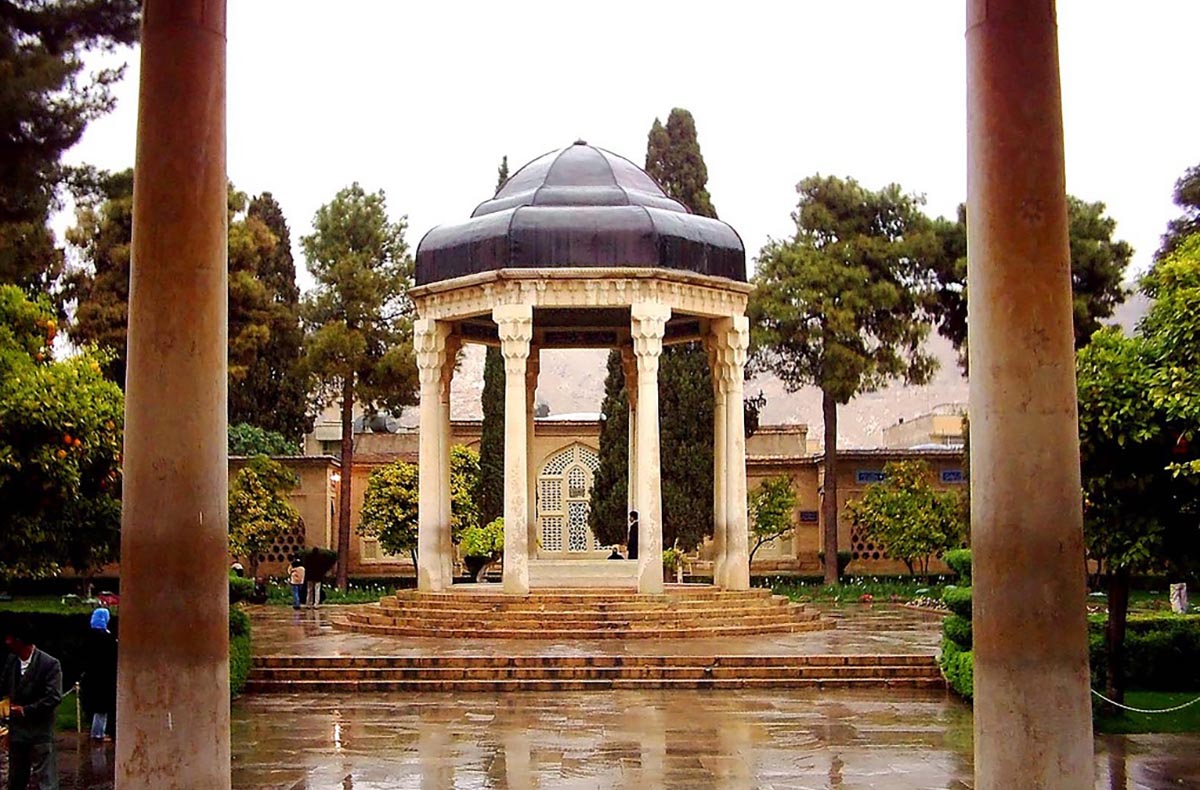
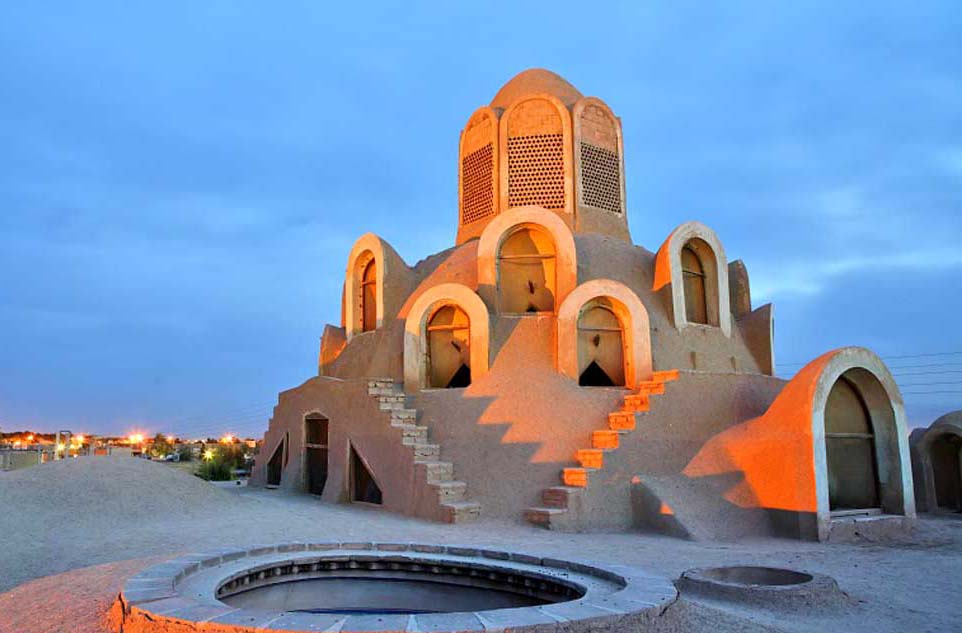
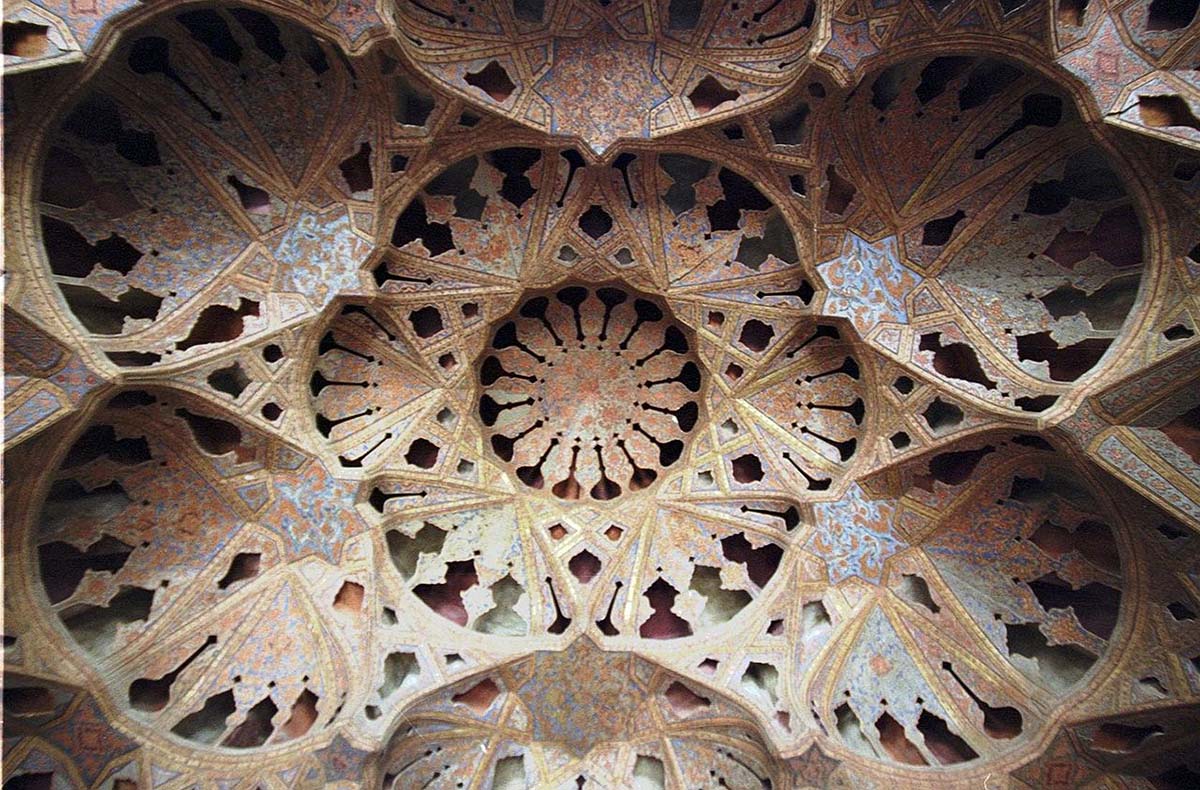
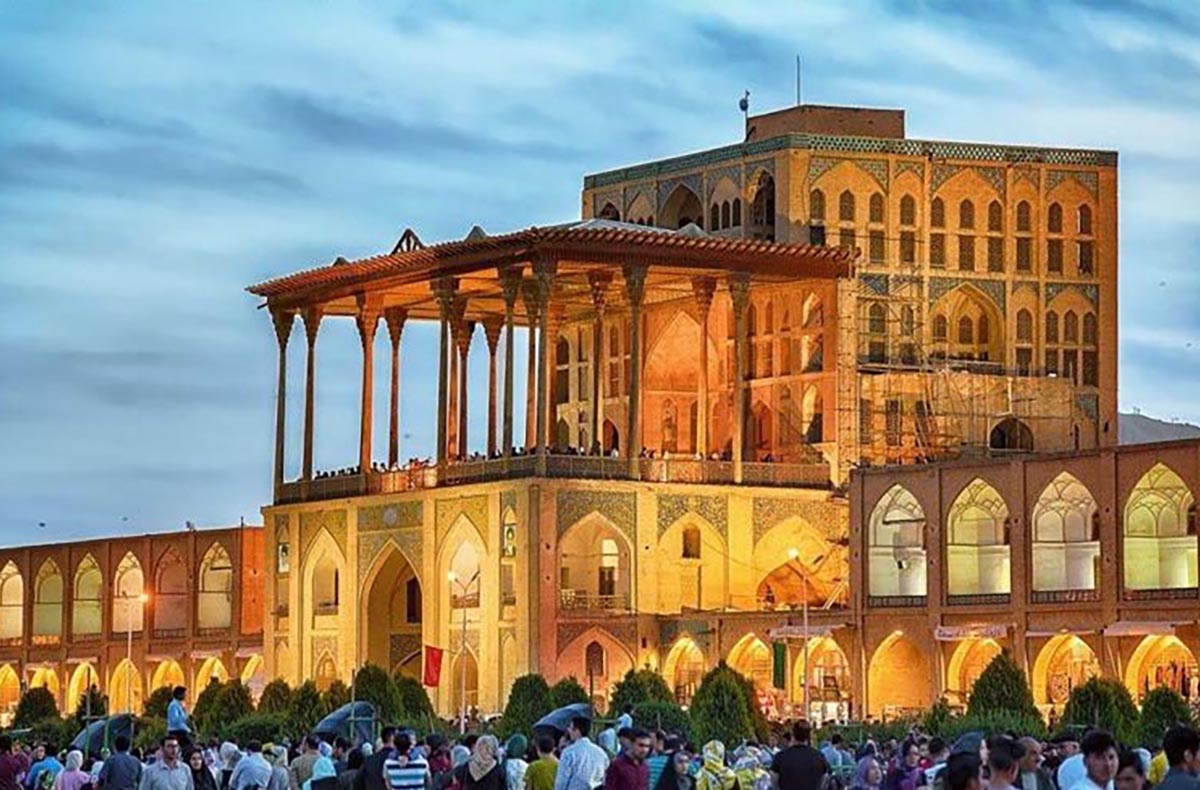
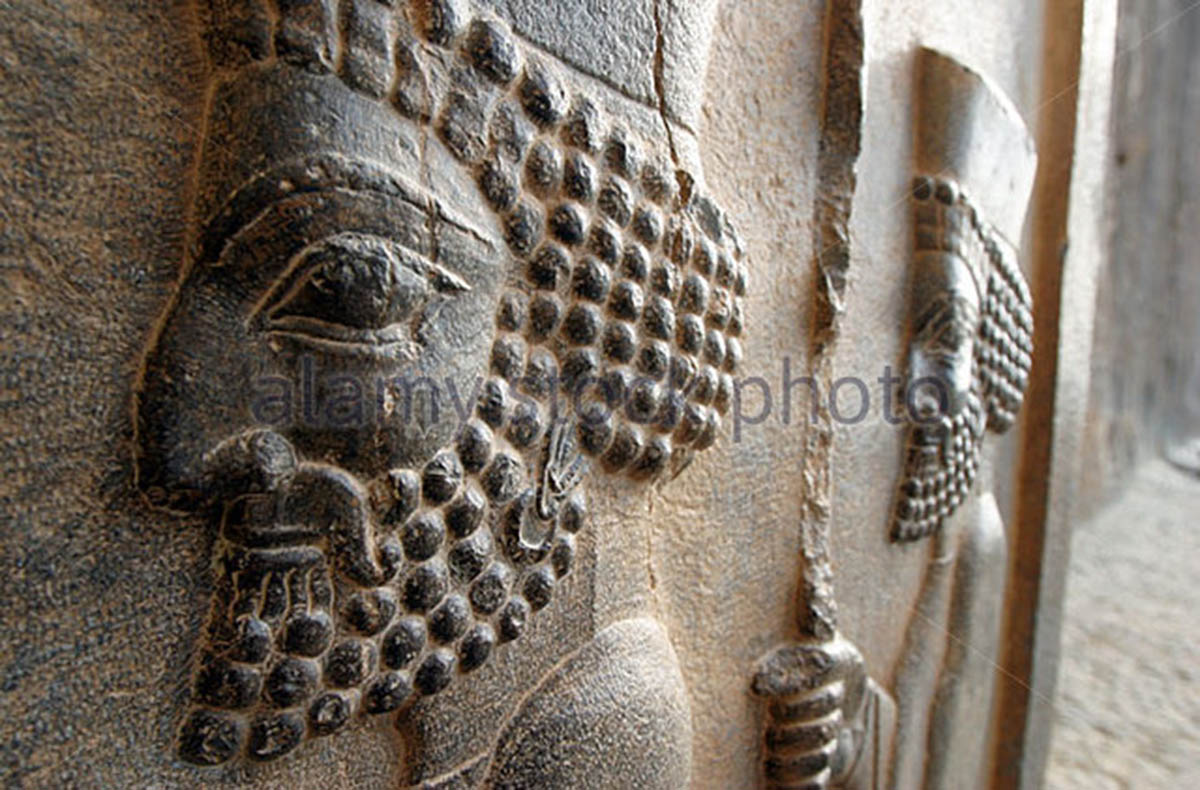
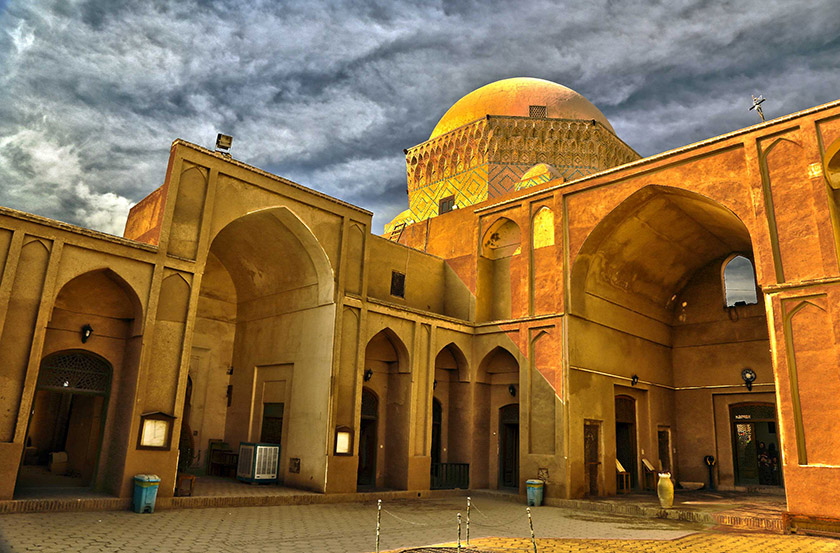
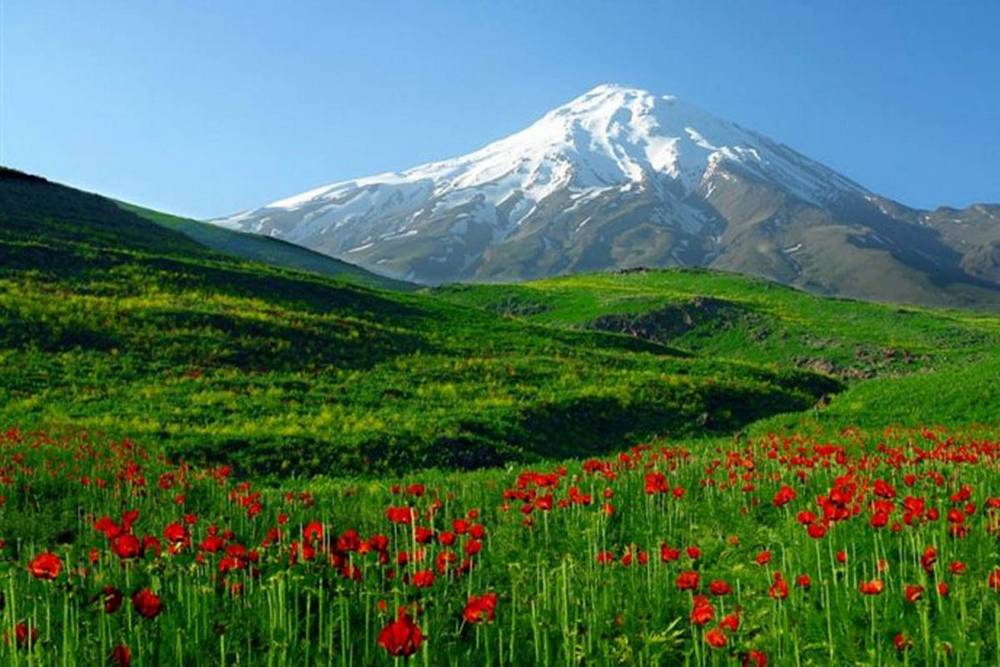

 فارسی
فارسی  русский
русский Française
Française Español
Español Deutsch
Deutsch 中文
中文 العربیة
العربیة